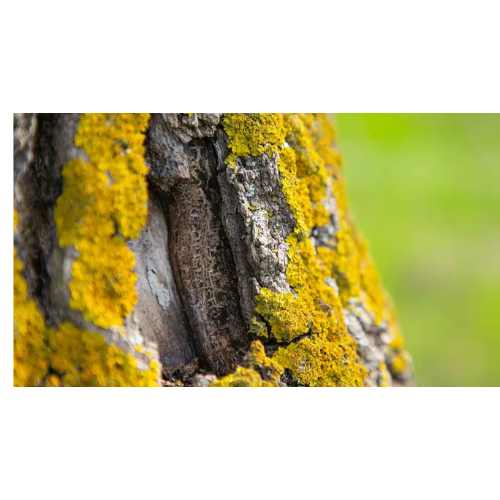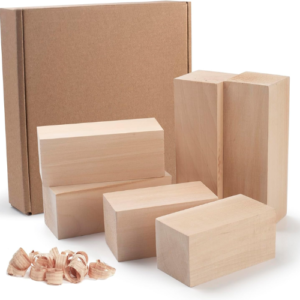Effective treatments for wood fungus are essential to prevent damage and decay in your wooden surfaces. In this guide, we explore practical methods to eliminate wood fungus and protect your furniture, flooring, and structures for lasting durability.
What Causes Wood Fungus?
Wood fungus typically appears when moisture penetrates wooden surfaces. It thrives in:
- High Humidity: Areas with poor ventilation or excessive moisture.
- Damp Conditions: Exposure to rain, leaks, or damp ground.
- Lack of Maintenance: Unsealed or untreated wood is more vulnerable to fungal growth.
Common types of wood fungus include white rot, brown rot, and mildew, each affecting the wood differently but equally destructive if ignored.
- The first step in treating wood fungus is identifying its presence. Look for these signs:
- Discolored patches (white, black, or greenish spots)
- Soft, crumbling, or brittle wood
- Musty odors near affected areas
Where to Check for Fungus:
- Wooden furniture
- Flooring and beams
- Outdoor decks and fences
- Moist walls or basements
2. Drying Out the Affected Wood
Fungus thrives in moisture, so drying the wood is a critical first step.
How to Dry the Wood:
- Increase ventilation in the area by using fans or dehumidifiers.
- Expose the wood to sunlight for natural drying.
- Fix any leaks or sources of moisture to prevent recurrence.
Allowing the wood to dry fully can slow the spread of the fungus before applying treatments.
3. Using Anti-Fungal Wood Treatments
Once the wood is dry, use specialized anti-fungal treatments to eliminate the fungus.
Effective Treatments:
- Commercial Anti-Fungal Sprays:
- Available at most hardware stores.
- Effective against mold, mildew, and rot.
- Available at most hardware stores.
- Borax Solution:
- Mix 1 cup of borax with 1 gallon of water.
- Apply the solution with a brush or spray bottle.
- Let it soak into the wood to kill the fungus.
- Mix 1 cup of borax with 1 gallon of water.
- Vinegar Solution:
- Combine equal parts white vinegar and water.
- Spray or wipe onto the affected areas.
- Repeat until the fungus disappears.
“
- Combine equal parts white vinegar and water.
- Bleach Solution (For Non-Finished Wood):
- Mix 1 part bleach to 3 parts water.
- Use a brush to scrub the fungus off.
“ - Rinse and let the wood dry completely.”
- Mix 1 part bleach to 3 parts water.
Safety Tip: Always wear gloves and a mask when working with chemical treatments.
4. Sanding and Refinishing the Wood
After treating the fungus, sanding and refinishing the wood can restore its appearance and add protection.
Steps to Restore the Wood:
- Sand the Surface:
- Use medium-grit sandpaper to remove fungal stains and damaged wood.
- Use medium-grit sandpaper to remove fungal stains and damaged wood.
- Clean the Surface:
- Wipe the wood clean with a dry cloth.
- Wipe the wood clean with a dry cloth.
- Apply Wood Sealant or Finish:
- Use a protective wood sealer or stain to prevent moisture absorption.
- Choose a fungicidal sealant for added protection.
- Use a protective wood sealer or stain to prevent moisture absorption.
5. Preventing Wood Fungus in the Future
Prevention is key to protecting wood surfaces from future fungal attacks.
Tips to Prevent Wood Fungus:
- Seal Wooden Surfaces: Regularly apply wood sealants or finishes to create a moisture barrier.
- Maintain Proper Ventilation: Use dehumidifiers or open windows to reduce indoor humidity.
- Inspect Regularly: Check wood structures for moisture or early signs of fungus.
- Avoid Direct Contact with Soil: Keep outdoor wood surfaces elevated to prevent dampness.
- Use Treated Wood for Outdoor Projects: Pressure-treated wood is resistant to fungi and pests.
Wood fungus can be a serious problem, causing structural damage and compromising the aesthetics of your wooden surfaces. However, by identifying the issue early, drying out affected areas, and applying effective anti-fungal treatments like borax, vinegar, or specialized sprays, you can stop fungus in its tracks. Once treated, sanding and refinishing the wood will restore its appearance and protect it from future issues.
Preventing wood fungus in the future requires regular maintenance, proper ventilation, and moisture control. By sealing wooden surfaces, keeping humidity low, and inspecting for early signs of damage, you can ensure your wood remains beautiful and fungus-free for years to come.
With these effective treatments for wood fungus, homeowners can preserve the value and strength of their wooden furniture, flooring, and structures—restoring both their charm and longevity.




